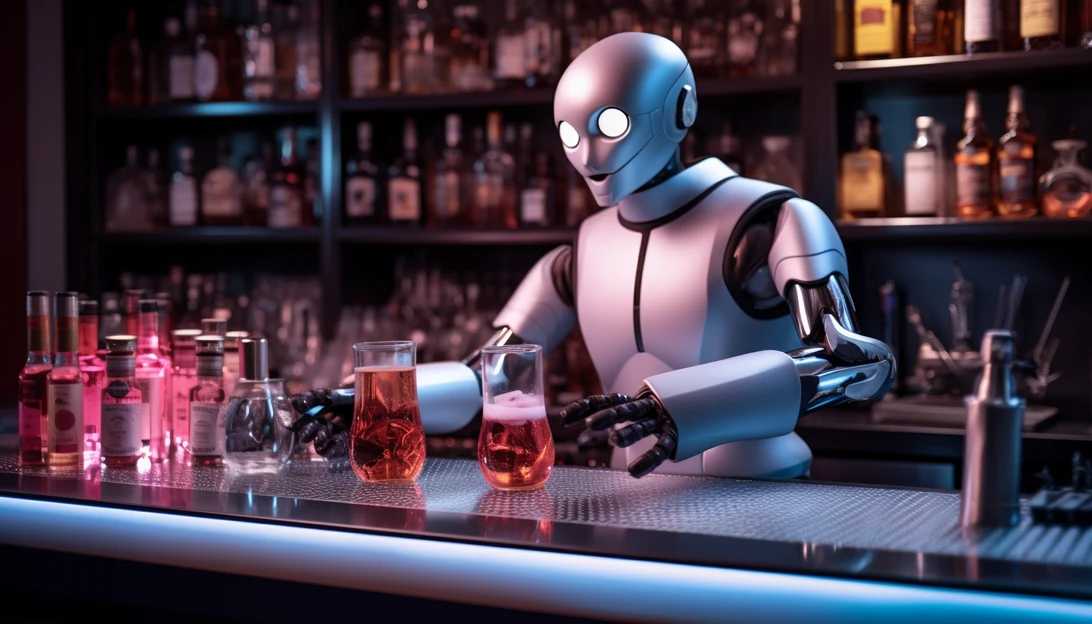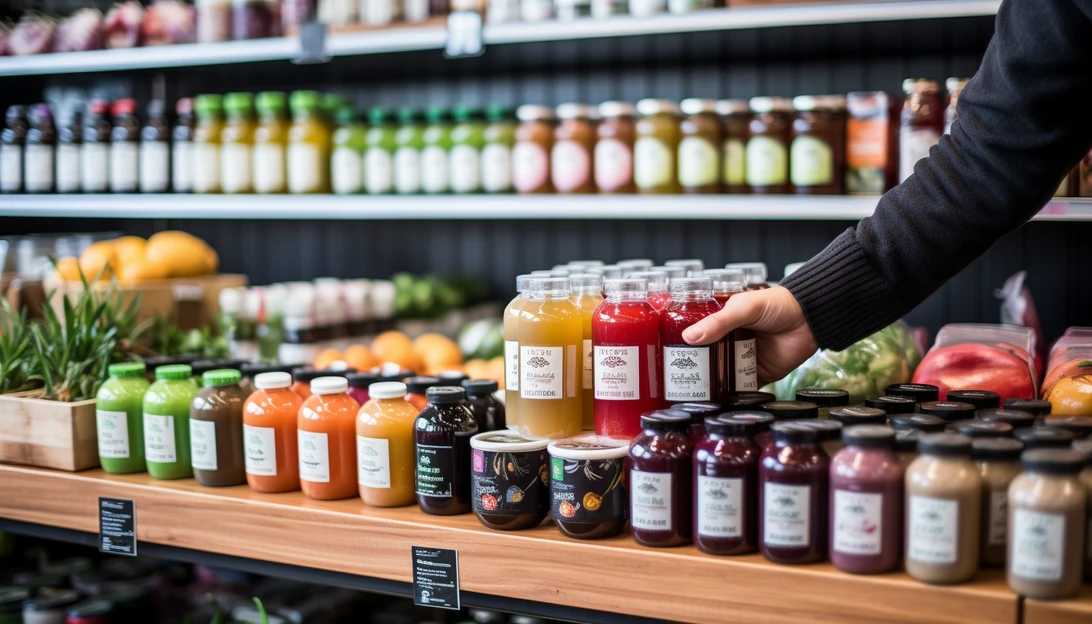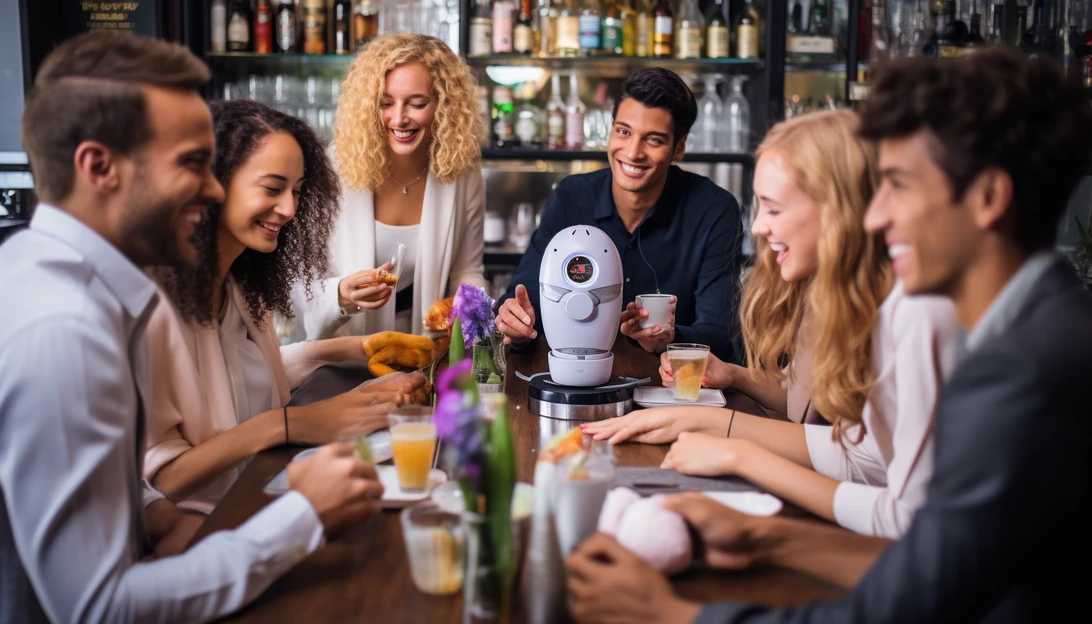Innovation
published : 2023-12-10
The Rise of Automated Mixology: Are Robot Mixologists Taking American Jobs?
The Implications of Automated Mixology for Human Workers

There is a revolutionary change underway when it comes to making our food and drinks.
The advent of robotics, once limited to the fields of industrial manufacturing and the beloved Roomba, is now making a monumental leap into our kitchens and dining experiences.
This shift is not just a fleeting trend; it's an evolution reshaping the very fabric of the food and beverage industry.
Meet KIME, the humanoid automated bartender that represents a new pinnacle in automated food and beverage service.
KIME seamlessly blends efficiency with a user-centric approach, offering a wide array of beverages and snacks around the clock.
With unmatched productivity, KIME can serve two beers every six seconds, operating non-stop, 24/7.

But KIME is not just about functionality; it prioritizes enhancing the customer experience with realistic expressions and movements.
It attracts new customers and breaks down language barriers by receiving orders in up to 10 languages.
KIME ensures food safety standards with its antimicrobial materials, reducing unnecessary human contact.
Moreover, it provides quality service and control with features like real-time sales data and monitoring, online customer support, and an integrated payment system.
KIME is a trailblazer in the culinary world, paving the way for other companies like True Bird and Bear Robotics to make significant strides.
These innovations signify a broader trend where robotics become an integral part of the culinary and hospitality industries.

But the introduction of robots like KIME also brings challenges to traditional employment in the food service industry.
While these technologies offer unparalleled efficiency and hygiene, they potentially replace human workers, requiring a rethinking of job roles and the development of new skill sets.
The future of food and beverage service lies in greater integration of robotics, focusing on personalization and enhanced customer interaction.
Robots like KIME not only prepare food and drinks but also cater to individual tastes and dietary preferences, offering a truly customized experience.
As we witness this robotic revolution, it becomes crucial to strike a balance between technological advancement and preserving and evolving human skills.
The goal is to enrich and enhance the service experience in innovative and sustainable ways.
